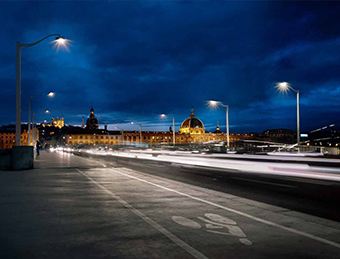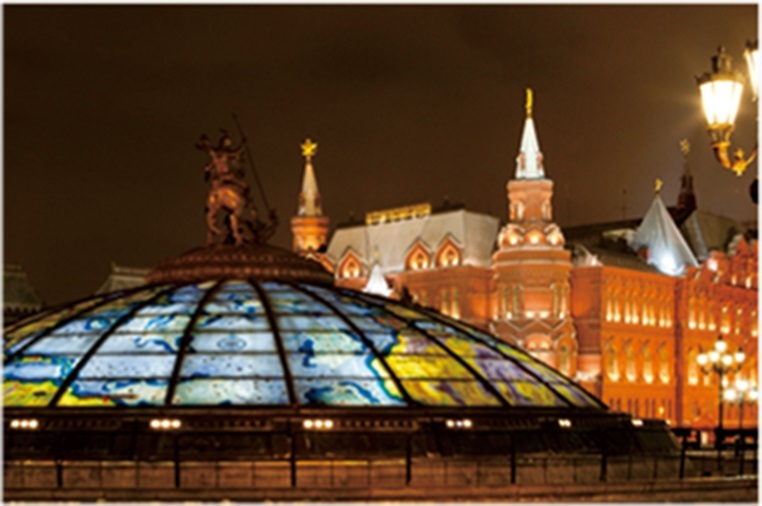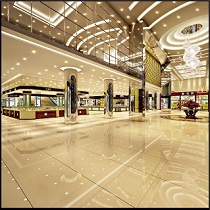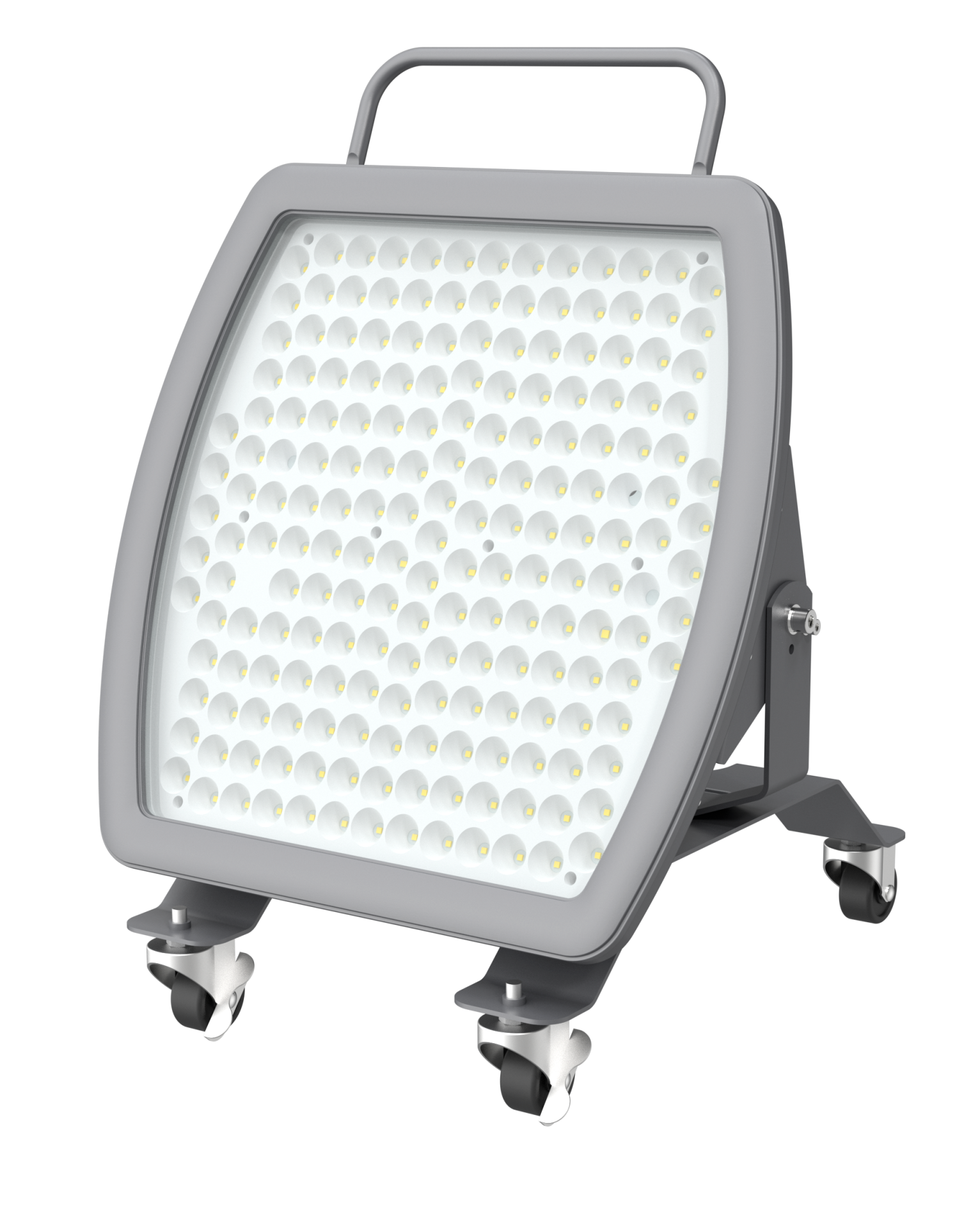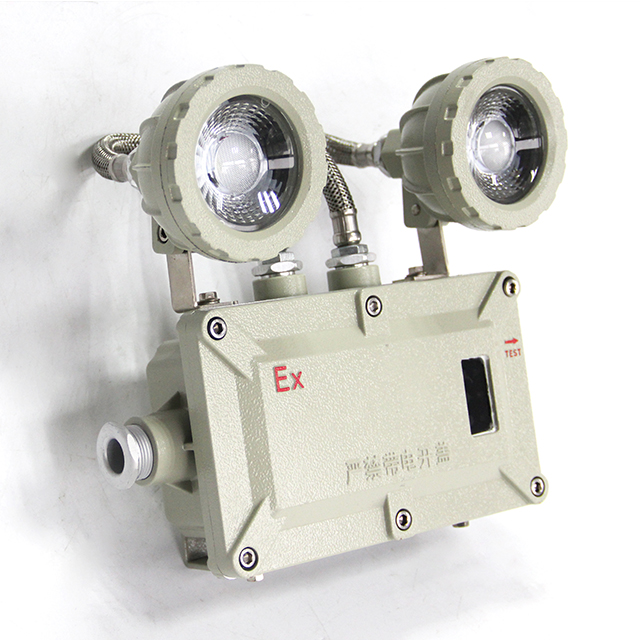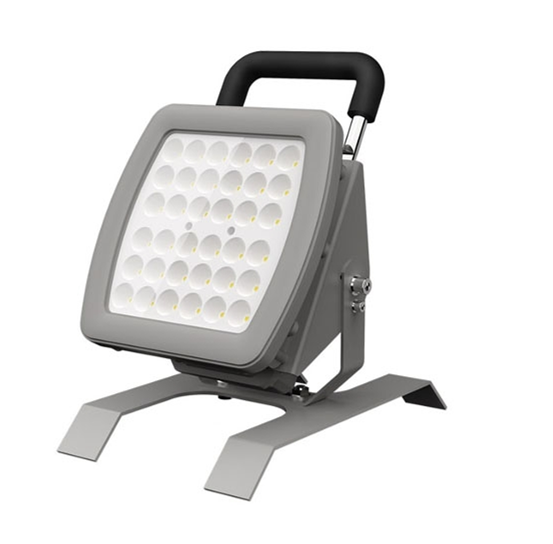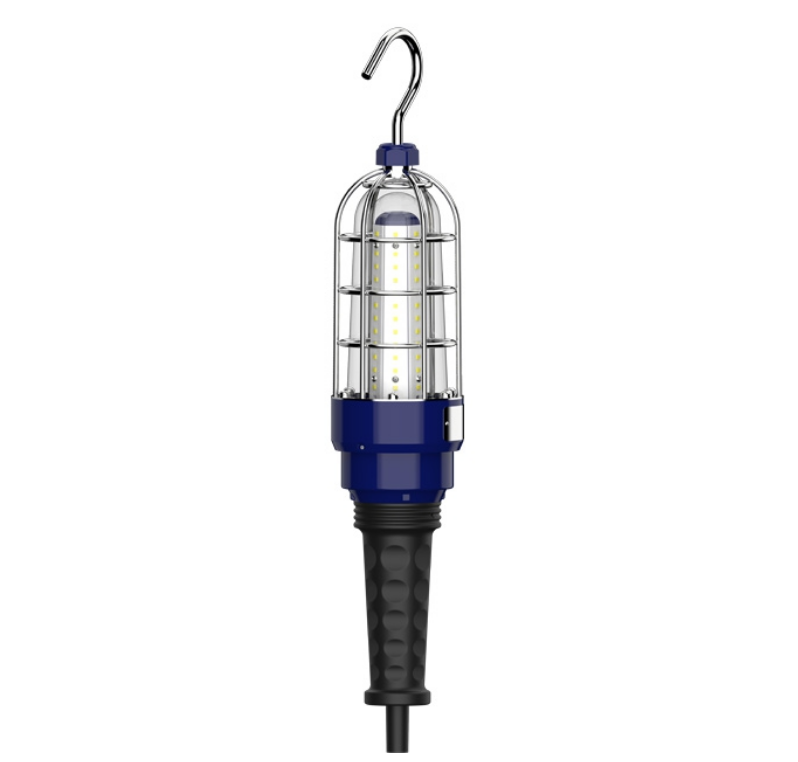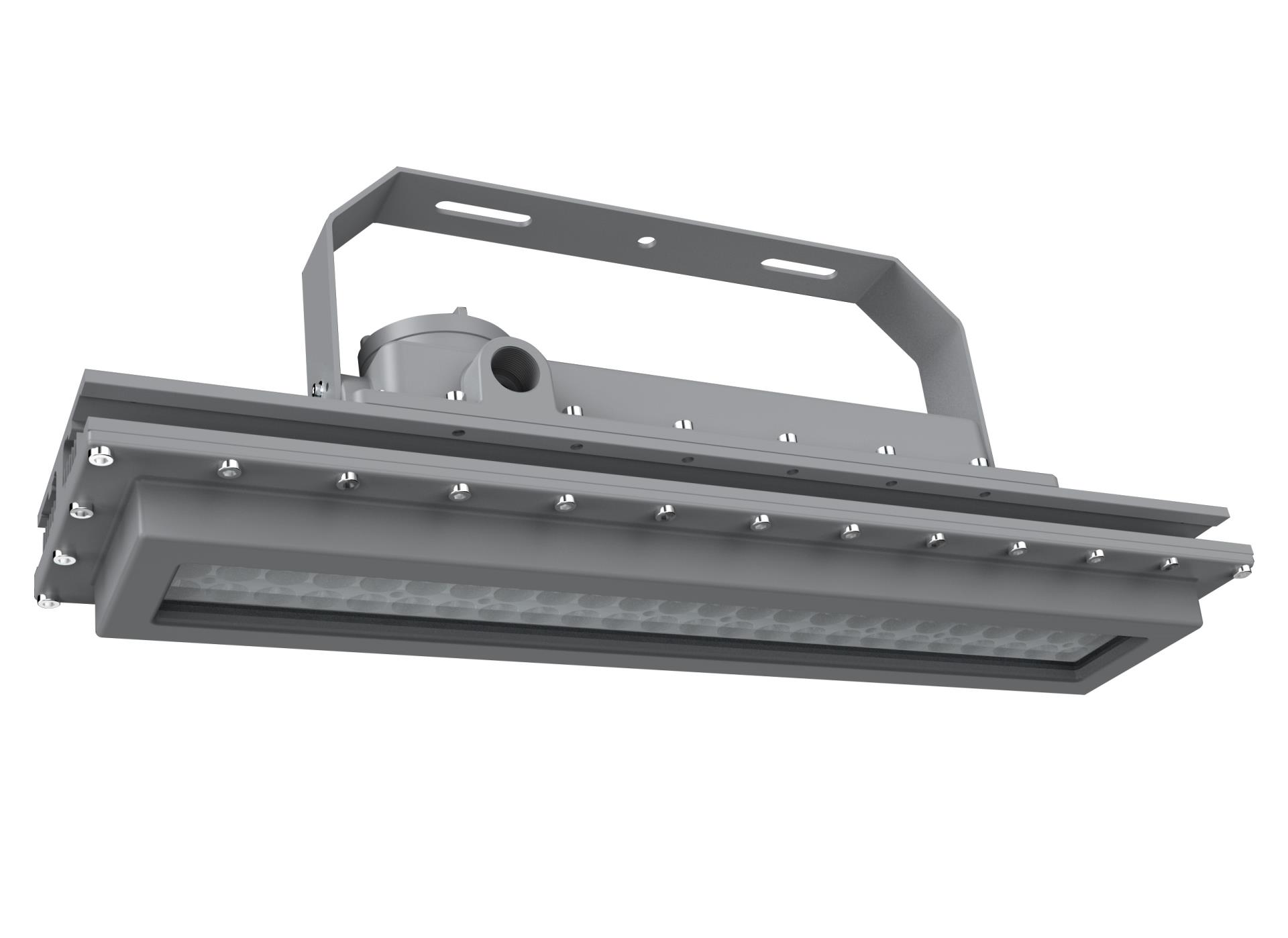Indoor lighting can save energy if it is designed and used in an efficient way. There are several factors that contribute to energy savings when it comes to indoor lighting, including the type of lighting fixtures used, the type of bulbs used, and the way the lighting is controlled.
LED lighting, for example, is highly energy efficient and can save a significant amount of energy compared to traditional incandescent or fluorescent lighting. LEDs also have a longer lifespan, which means that they need to be replaced less frequently, resulting in less waste.
In addition to using energy-efficient lighting, the way lighting is controlled can also have a significant impact on energy savings. For example, using occupancy sensors or timers to automatically turn off lights in unoccupied areas can reduce energy consumption.
Natural lighting can also be used to reduce energy consumption. By utilizing windows, skylights, or other daylighting strategies, natural light can be used to supplement or replace artificial lighting in a space.
Overall, indoor lighting has the potential to save energy if the right lighting fixtures, bulbs, and controls are used, and if natural lighting is incorporated where possible.



